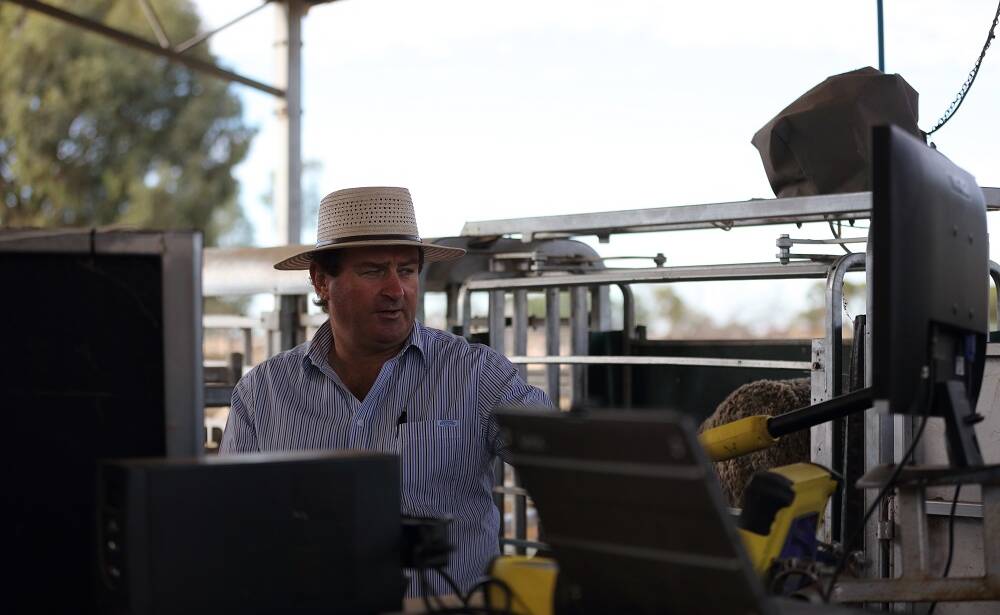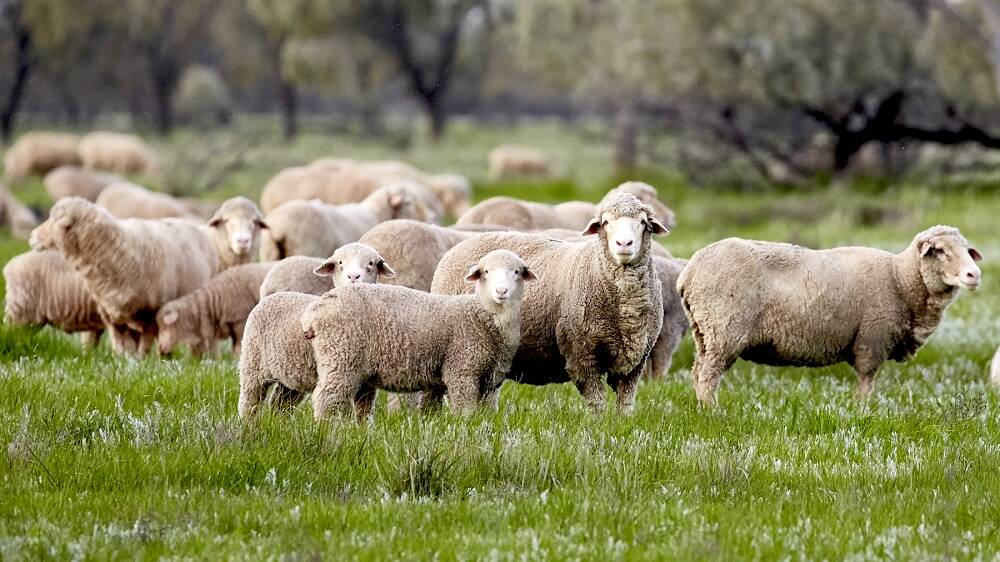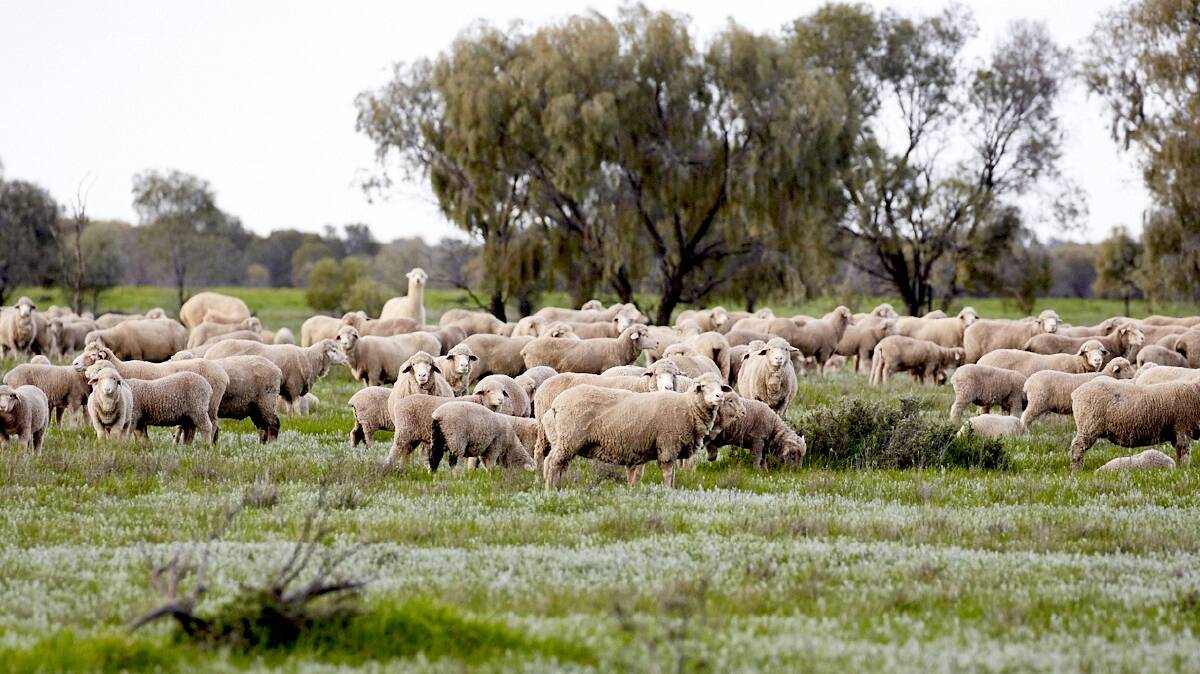Technology increasing accuracy in breeding process

This article is sponsored by Pooginook.
The great Charles Darwin once said, in the long history of humankind – and animal kind too – those who learned to collaborate and improvise most effectively have prevailed. He was of course talking about his groundbreaking theory of natural selection, or what we now call evolution.
Mankind has also been involved in a process of artificial selection for most of the 20,000 years or so we’ve been at the top of the food chain. That’s to say we’ve been selectively breeding animals in the hope to make them better or more useful to us. However, it wasn’t until Darwin we really understood what it was we were doing or why it worked.
Charles Darwin was ahead of his time. Some would argue one of the most important men to have ever walked the Earth. But even he could never have imagined the advances that have been made in the selection process over the past decade.
There are few places that illustrate this trend better than Pooginook, the renown merino stud 65km north of Jerilderie, in the NSW Riverina. Over 1200 rams are sold annually to commercial clients joining over 200,000 ewes. Their breeding program implements the latest technology and scientific data to produce more than 6,000 lambs each year and their post natal care allows the sheep to develop to their fullest genetic potential.
The stud has been so successful that they’ve recently secured an ongoing contract with Toorallie Wool to provide the materials for their boutique apparel range. These results are only possible due to their genetics program.
Pooginook has an established genetic base. It started more than a century ago and it has been using raw data since the late 1970s and genomic data in recent years to breed better sheep. However, under the stewardship of manager John Sutherland, the stud embarked on a full-scale scientific journey ten years ago, which would forever change the way they do business.
They started electronic tagging their sheep and automatic drafting based on body weight. They also started using ultrasounds to measure carcass traits and record pregnancy statuses, including whether the ewe was birthing singles, twins or triplets.

Today, they’ve DNA tested 4,000 of the 6,000 stud ewes to find their parentage and assess their genomics to improve breeding values. This is greatly enhancing the accuracy of the progeny’s predicted breeding values as well as allowing them to track the good genetics far more accurately and use them to their fullest potential to produce higher quality offspring.
“The technology has come a long way over the last ten years however, there is a commercial focus ensuring the genetics are well tested in commercial environments where they are benchmarked and perform very well under the right management regime. Maintaining a healthy balance of visual and measured traits at selection time is key,” Mr Sutherland explained.
“Electronic tagging has allowed us to collect information very simply and relay it back to the person making the selection decisions… it has also helped us to quickly and effectively analyse the data… and separate out the sheep into groups based upon the traits we want to have a look at.”
Pooginook is renowned for its strong blood lines, with productive sheep that produce high quality wool. This is achieved by an artificial selection process that aims to breed well balanced animals, based upon Australian Sheep Breeding Values (ASBV).
However, they are careful not to fall in the two biggest and most common potholes breeders fall into: disregarding the importance of the ewe and allowing biases to undermine the genetic potential of their lambs.
“The strength of the stud is really in the female base, I cannot emphasise that enough,” Mr Sutherland explained.
“We need to know which of our females are producing these good fibres and which ones have good production figures as well. And, it’s the combination of the genomics and the DNA testing along with the visual and measured traits that help us identify them…
“Alongside of that, you also need to manage the nutrition in the sheep correctly to give each sheep the equal chance of expressing its genetic potential. Otherwise, you can end up ‘picking winners and favourites’ and giving some more to eat and others less to eat… you’ve got to make sure you’re ‘Genetic Classing’ and not ‘Management Classing’.

“In other words, if you don’t manage your young sheep well inutero, on their mother and for the first 18 months of their life, they won’t develop their genetic potential and therefore express accurate production data.”
Toorallie Wool chairman Peter Small knows all too well what is possible when you get the breeding process right. And, how badly it can go awry when you get it wrong.
He has been buying wool from Pooginook for more than 20 years and when he started working with Tooralie in 2005 he decided to further develop the relationship, so that he could actually select the wool and oversee the treatment process in China.
However, when his Chinese associates offered a better deal if he could deliver a 10 tonne batch of greasy wool three years ago, there was one supplier that was at the top of his list.
Not only does Pooginook provide high quality deep crimping soft wool with significantly less pilling, it is also an ethical stud that is known for its treatment of its animals, which is important to many consumers, especially those who buy boutique.
“We can tell our customers exactly where the wool comes from, down to the paddock,” Mr Small explained.
“It’s a great story. The softness of their wool is also really important, especially with woolen garments…It doesn’t really matter what the microns are because if you’ve got course fibres in it the garment isn’t going to be as soft.”
Thanks to the size of the breeding program at Pooginook and the bell-curve within every trait, the stud is able to breed sheep that can both thrive and survive in just about any environment.
Mr Sutherland has been excited by the increased knowledge in the field of genetics in the last decade and is keen to see where it will all lead.
With year on year technological innovations, he believes it is becoming clearer by the day that staying up to date with latest research is going to be key to the future success of the industry. Or to borrow a phrase from Darwin himself: only those who learn to collaborate and improvise most effectively will prevail.
This article is sponsored by Pooginook.


